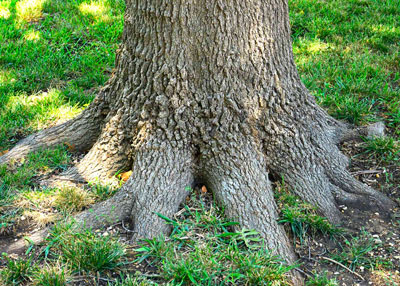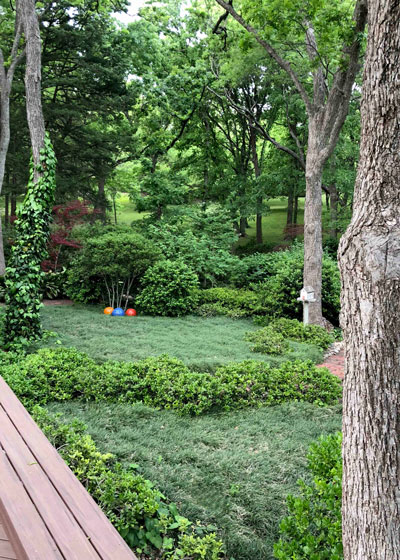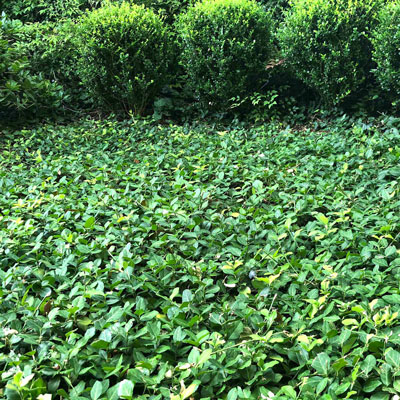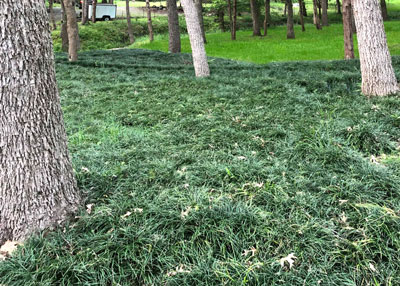Question of the Week – Number Three: September 23, 2021
“My husband is determined to lay bermuda sod beneath our trees to stop erosion. I’m afraid the sod will suffocate the trees’ roots. Who is correct?”
There are several things inherently wrong with this plan:
• There isn’t enough soil that comes along with sod to do any damage to trees’ roots. So, the sod itself wouldn’t hurt anything.

• Odds are that there hasn’t been any erosion at all there. If you’re seeing bare ground and exposed roots, it’s probably not because soil has been washed away from the roots. The trees’ roots have probably enlarged as they have grown. They have grown up and out of the soil. That’s very normal.
• And you’d be wasting money to plant bermuda in the shade of large trees. Bermudagrass needs full or nearly full sunlight to grow to its best potential – certainly at least 7 or 8 hours of direct sunlight daily during the summer.
• St. Augustine is our most shade-tolerant turfgrass, but even it won’t grow in heavy shade. It needs 5 or 6 hours of direct sunlight daily to hold its own, especially in North Texas where it goes completely brown and dormant each winter and has to start its growth anew every spring.

• So, your better solution is usually to switch to a shade-tolerant groundcover. I’ve chosen mondograss (monkeygrass) at our home. It has the look of grass, although you don’t mow it and walk on it. I’ve used regular mondograss (grows to 6-7 inches tall) – not the dwarf form. Dwarf mondo is far too slow-growing and way too expensive.

• For a variety of looks, I’ve also used liriopes, purple wintercreeper euonymus, English ivy and, in small spaces, purple ajuga.

